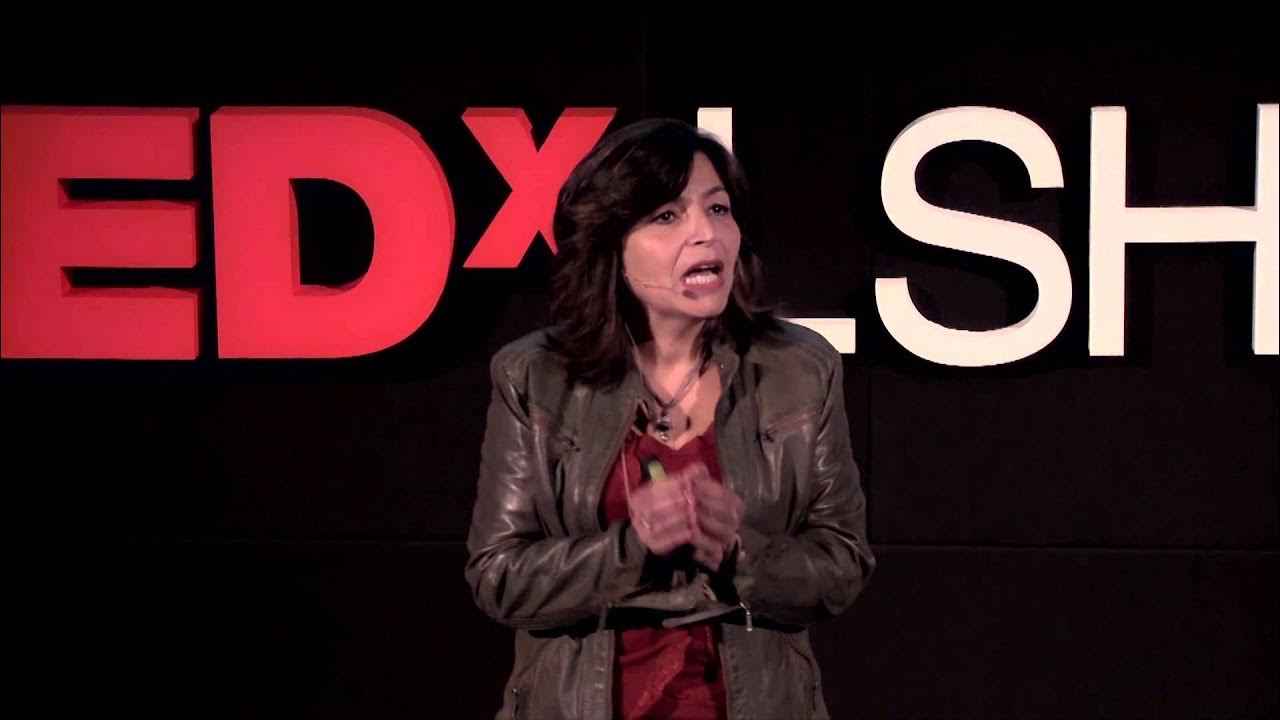De West-Germaanse en Indo-Europese taalfamilie
Summary
TLDRThis video script explores the fascinating world of language relationships, highlighting that there are approximately 6,000 to 7,000 languages spoken globally. It emphasizes the striking similarities among languages like Dutch, English, German, and Swedish, which are part of the West Germanic language family. The script delves into the concept of 'language families,' illustrating how even languages from different families, such as Romance and Slavic, share commonalities. The video introduces the Indo-European language family, suggesting that many modern languages evolved from a common ancestor spoken around 5,000 years ago. It discusses the efforts to reconstruct this ancestral language through comparative linguistics, showcasing the interconnectedness of languages and their shared heritage.
Takeaways
- 🌐 Today, approximately 6,000 to 7,000 different languages are spoken worldwide.
- 🔗 Some languages, like Dutch, German, English, and Swedish, have similar words due to their shared linguistic roots.
- 👨👩👧👦 Languages are grouped into families, similar to human families, with a common ancestor language.
- 🌳 Dutch belongs to the West Germanic branch of the Germanic language family.
- 🌐 Other languages like English, German, Frisian, and Afrikaans are also part of the Germanic language family.
- 👩👧 Words for 'mother' in West Germanic languages show similarities, such as 'moeder' in Dutch and 'Mutter' in German.
- 🌍 Languages outside the West Germanic family, like French, Italian, Polish, and Russian, also have words that resemble their Dutch counterparts.
- 🌱 The most plausible explanation for these similarities is that they all descend from a common ancestor, the Proto-Indo-European language.
- 🧐 The idea that most languages descend from a single ancestor was proposed by the English linguist William Jones.
- 🕰 The Proto-Indo-European language was spoken around 5,000 years ago across Europe and into India.
- 🌱 As populations became more isolated, the language evolved differently, leading to various branches such as the Celtic and Slavic languages.
- 🔍 Linguists attempt to reconstruct Proto-Indo-European by identifying common elements in related languages to understand the original language.
Q & A
How many languages are spoken worldwide today?
-Approximately 6,000 to 7,000 different languages are spoken worldwide today.
Which languages are mentioned in the script as being similar to Dutch?
-German, English, Swedish, and Afrikaans are mentioned as languages that are similar to Dutch.
To which language family does Dutch belong?
-Dutch belongs to the West Germanic language family.
What is the term used to describe a group of related languages?
-A group of related languages is referred to as a 'language family'.
How do the words for 'mother' in English, German, and Dutch show their relatedness?
-The words 'mother' in English, 'Mutter' in German, and 'moeder' in Dutch are similar, indicating their relatedness within the West Germanic language family.
What are the Romance languages mentioned in the script?
-French and Italian are mentioned as examples of Romance languages.
What is the common ancestor language that many European languages are believed to have descended from?
-The common ancestor language that many European languages are believed to have descended from is called Proto-Indo-European.
Who is the linguist credited with the idea that many languages have a common origin?
-The English linguist William Jones is credited with the idea that many languages have a common origin.
What are the two major groups of languages that evolved from the Proto-Indo-European language?
-The two major groups of languages that evolved from the Proto-Indo-European language are the Centum languages, which developed in West Europe, and the Satem languages, which developed in East Europe and India.
What is the term for the process of reconstructing the Proto-Indo-European language based on similarities in related languages?
-The process of reconstructing the Proto-Indo-European language based on similarities in related languages is called linguistic reconstruction.
Why is it difficult to know exactly how the Proto-Indo-European language sounded?
-It is difficult to know exactly how the Proto-Indo-European language sounded because there are no direct records or written texts from the period when it was spoken, making it impossible to determine its exact pronunciation with certainty.
Outlines

هذا القسم متوفر فقط للمشتركين. يرجى الترقية للوصول إلى هذه الميزة.
قم بالترقية الآنMindmap

هذا القسم متوفر فقط للمشتركين. يرجى الترقية للوصول إلى هذه الميزة.
قم بالترقية الآنKeywords

هذا القسم متوفر فقط للمشتركين. يرجى الترقية للوصول إلى هذه الميزة.
قم بالترقية الآنHighlights

هذا القسم متوفر فقط للمشتركين. يرجى الترقية للوصول إلى هذه الميزة.
قم بالترقية الآنTranscripts

هذا القسم متوفر فقط للمشتركين. يرجى الترقية للوصول إلى هذه الميزة.
قم بالترقية الآنتصفح المزيد من مقاطع الفيديو ذات الصلة

👅Las FAMILIAS LINGüÍSTICAS (Lenguas indoeuropeas, sino-tibetanas, austronesias y afroasiáticas) 👅

15 Interesting Facts About Languages

As línguas originais do Brasil | Nerdologia

LENGUAS INDÍGENAS EN MÉXICO | Diversidad lingüística en México| dilo en náhuatl con Xipatlani

How the Languages We Speak Shape the Ways We Think

Endangered languages: why it matters | Mandana Seyfeddinipur | TEDxLSHTM
5.0 / 5 (0 votes)
